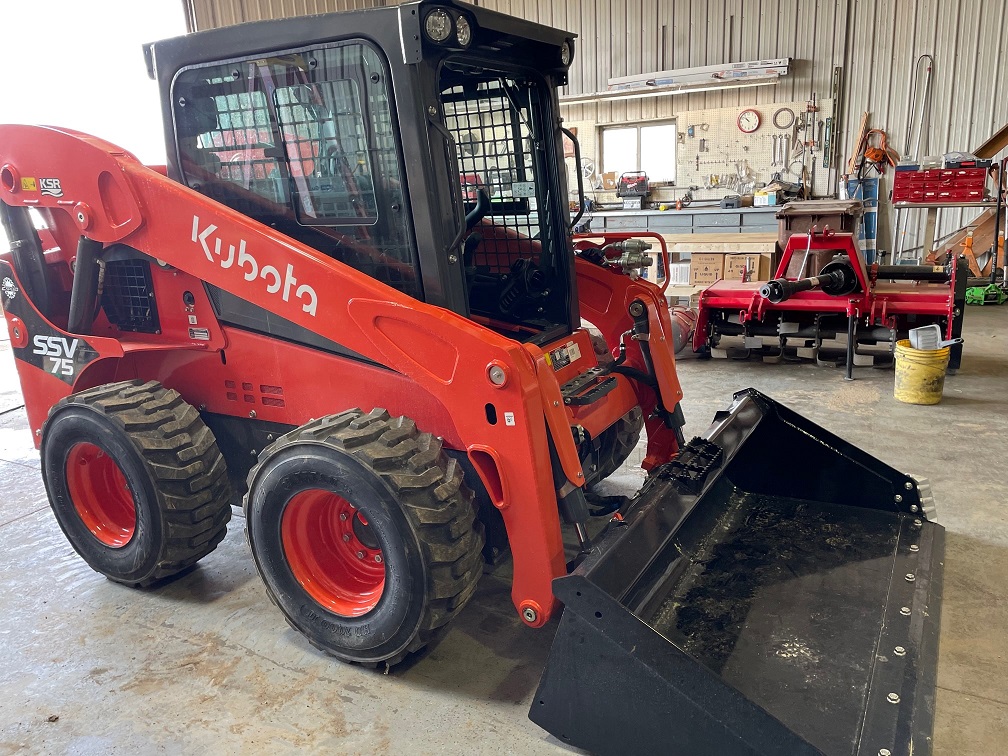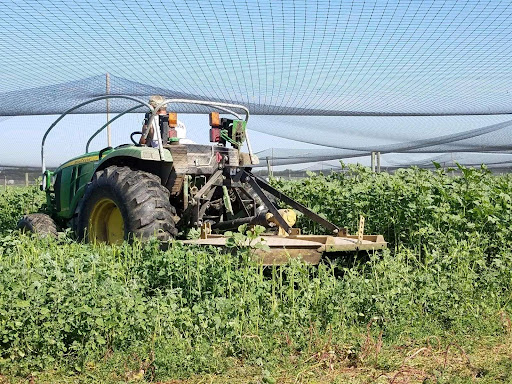Preparing For Egg Laying Season in Missouri
MacFarlane Pheasants raises breeder hens in Missouri at three sites. Troy Cisewski, our Director of Production, is responsible for overseeing the three sites we have there. They are all located within a 30-minute driving distance of each other, and there are four production barns at each site. The Missouri breeder barns offer an added level of security to our egg production, in case we would ever have a bio-security concern at our Wisconsin facility. Troy travels between Wisconsin and Missouri and has daily contact with the Missouri farms when he is in Wisconsin.
The preparation in each of our Missouri barns for the egg-laying season is extensive and involves several steps:
- In May, we contract a move-out crew, barn cleaners, and a pressure washer contractor. We give them a tentative date when we will need their services. We set a specific date when we are prepared to move the flock. We have a small window to move birds to Wisconsin, clean out the barns, pressure wash the barns, and take care of any maintenance needs before placement of the new flocks.
- Egg collection typically ends in the middle of July. By that time we have collected enough eggs for our last hatches in early August.
- Once egg season has finished, the egg pickers change gears from collecting eggs to farm maintenance.
- We plan ahead to have flight pen space available in Wisconsin for two of the production breeder farms (roughly 16,000 hens to molt, re-feather, and sell as hunt birds in November).
- Ring-Necked Pheasants will molt, at times, when hatched very early in the season, and maturity is reached by late summer or early fall. When this happens, the feathers grow back without any intervention.
- Our third production site consists of first-year hens that we have designated to keep as breeders for the next season. These birds will be molted in MO, caught, transported to a new production site, re-selected by MacFarlane Breeder staff to meet our breeder criteria.
- Once we know we have pen space, trucks, and crates, we finalize a date with the catch and barn clean-out crews.
- Each farm of 8800 breeder hens is moved in two days (two barns per night).
- Birds are caught at night while it’s cool in MO and travel in the cool weather to arrive in the early morning in WI, where a crew quickly unloads the breeders into pens.
- From the time we move the breeders in early August, we have about a month until we start filling the barns back with selected breeders from WI and MO.
- All ventilation fans are gone through to make sure they are working correctly.
- LB white heaters are blown out and tested.
- Plasson drinkers are turned on and any leaks are fixed.
- New feed orders for the hens are placed.
- Lighting programs are downloaded and tested along with testing the smart barn systems.
- Egg wash machines and egg coolers are gone through and cleaned, then shut down till the season begins in January.
- When it comes time to catch and move the third farm from one Missouri farm to another farm in Missouri, we need to construct a crew of employees from Wisconsin to go to Missouri to re-select the hens, clip wings, and place the birds in their new home for the upcoming season. At this time, we are busy with shipping mature pheasants and moving barns out. This process takes four days with two days of travel and two days of work.
- When the final farm is moved, we begin the cleaning process in these barns.
- The last breeders have been placed in Missouri by the end of November.
- Once the breeders are placed in the barns, an employee walks through all the barns, every day, as if they were picking eggs. These daily visits calm the birds and get them used to people.
- Birds are lit at specific times (duration of time the birds have light in a given day).
- On arrival – 8 hours
- After Thanksgiving – 10 hours
- Middle to end of December 12 hours up to 13 hours
- Hens start to lay in the middle of January, so egg collection is completed by our farm manager and seasonal employees.
We replace lights.
If you have questions about breeder facilities, you may contact Troy at t.cisewski@pheasant.com. He is knowledgeable about the breeder process, and though he is kept busy with responsibilities in both Missouri and Wisconsin, Troy enjoys sharing with other pheasant enthusiasts!
Related Posts
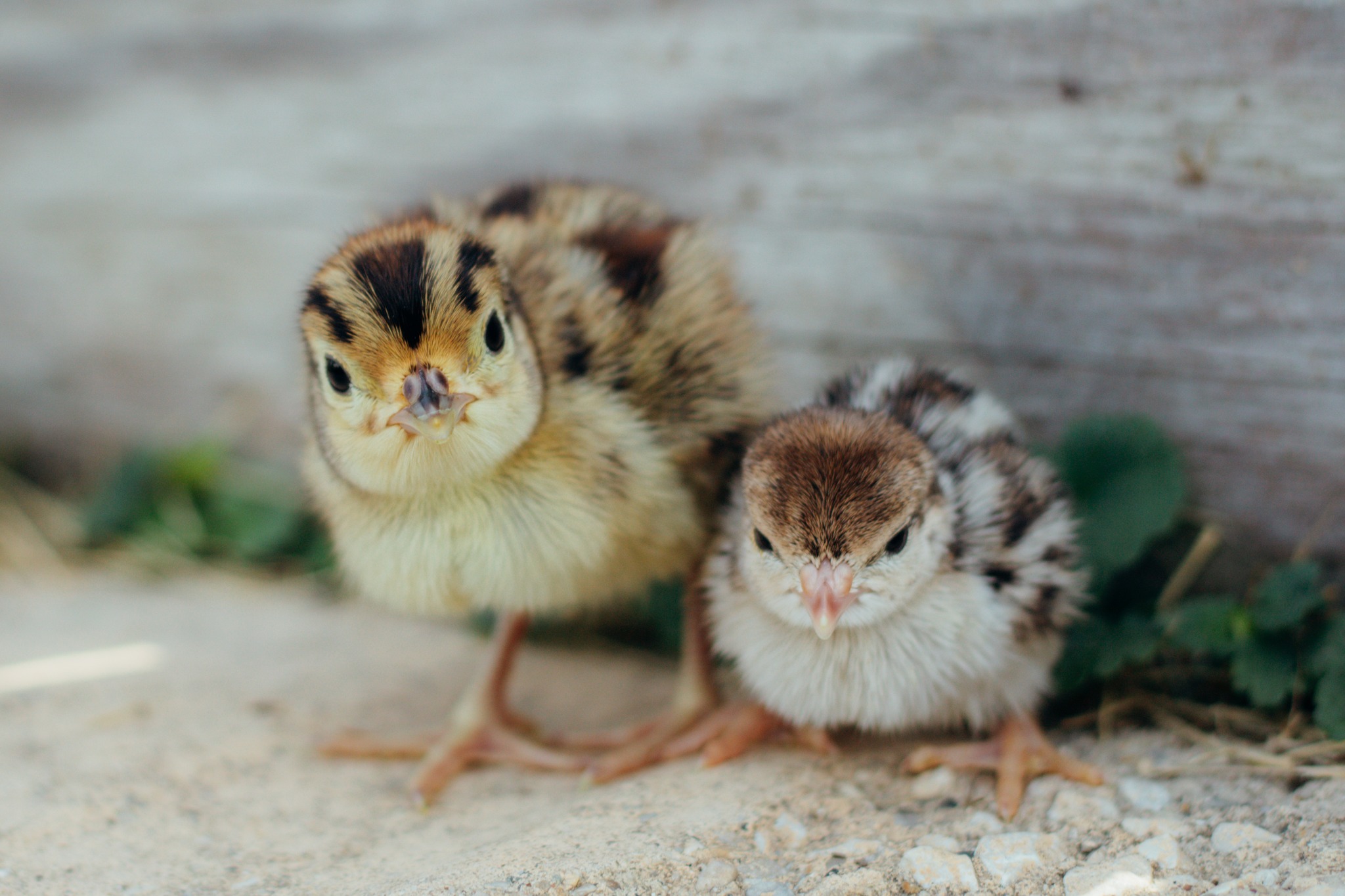
Shipping Chicks Safely During Cold Weather Months
Read Post
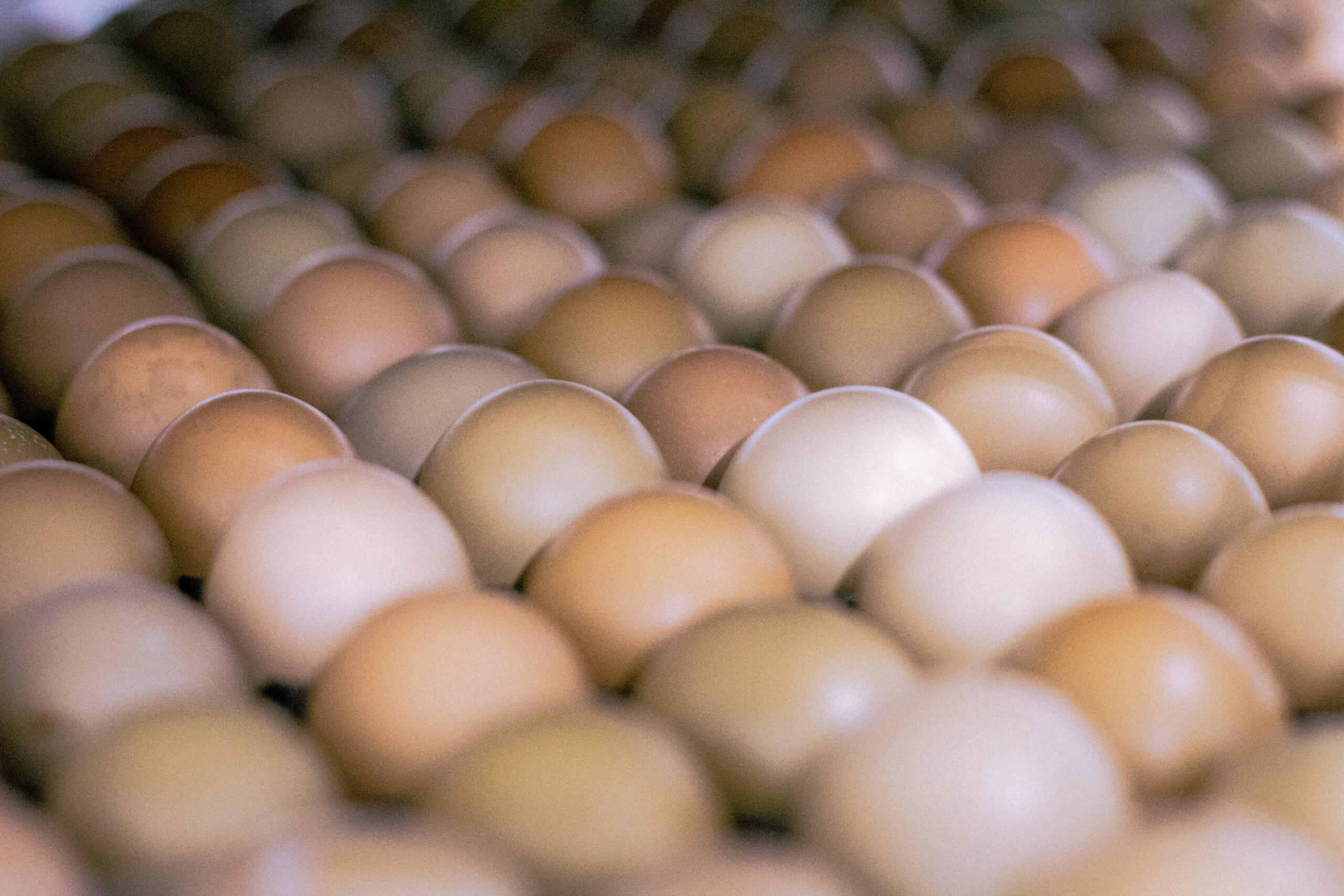
Incubation of Pheasant Eggs
Read Post
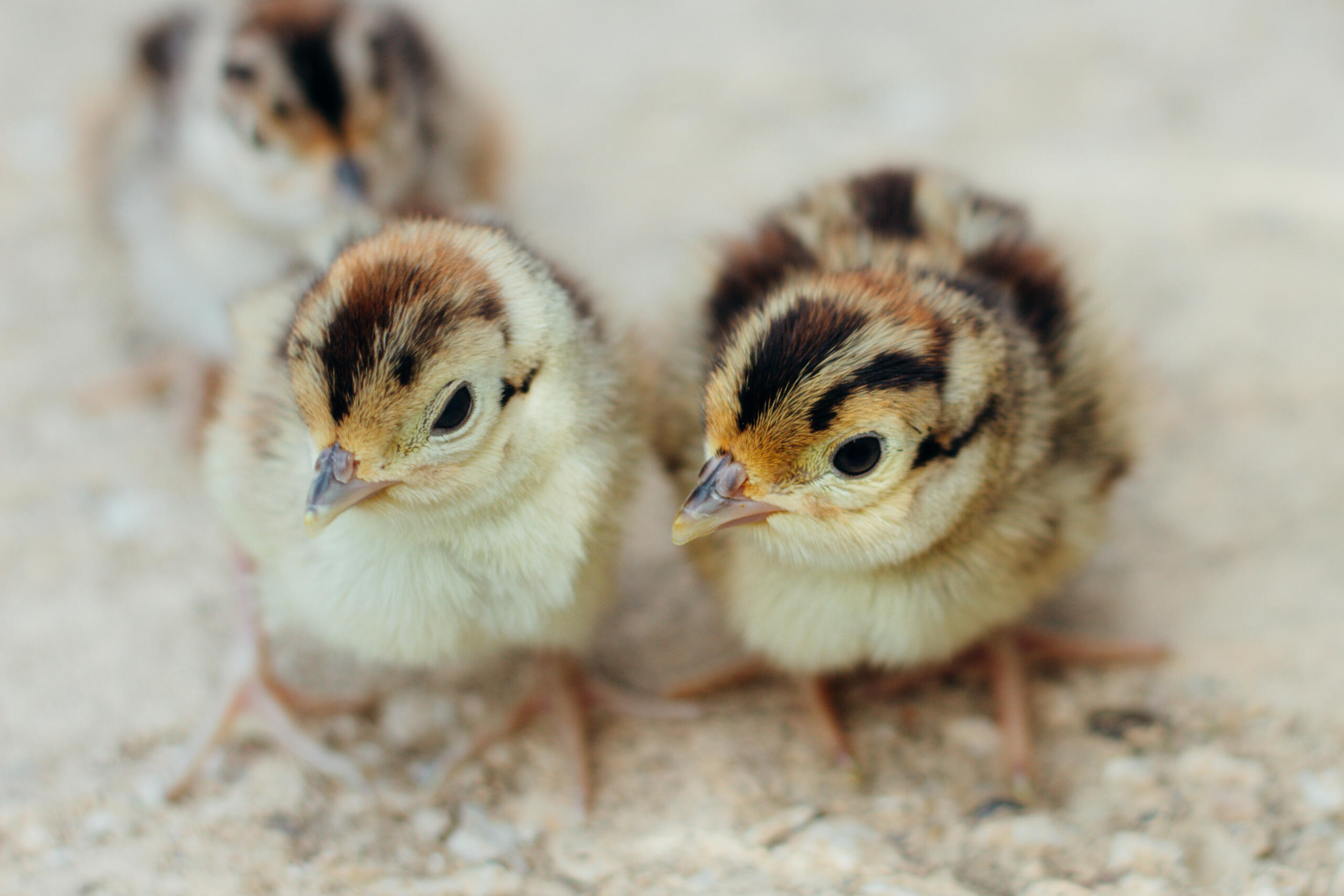
A Comparison of Hatch Data Between Two Different Genetic Types of Pheasants
Read Post
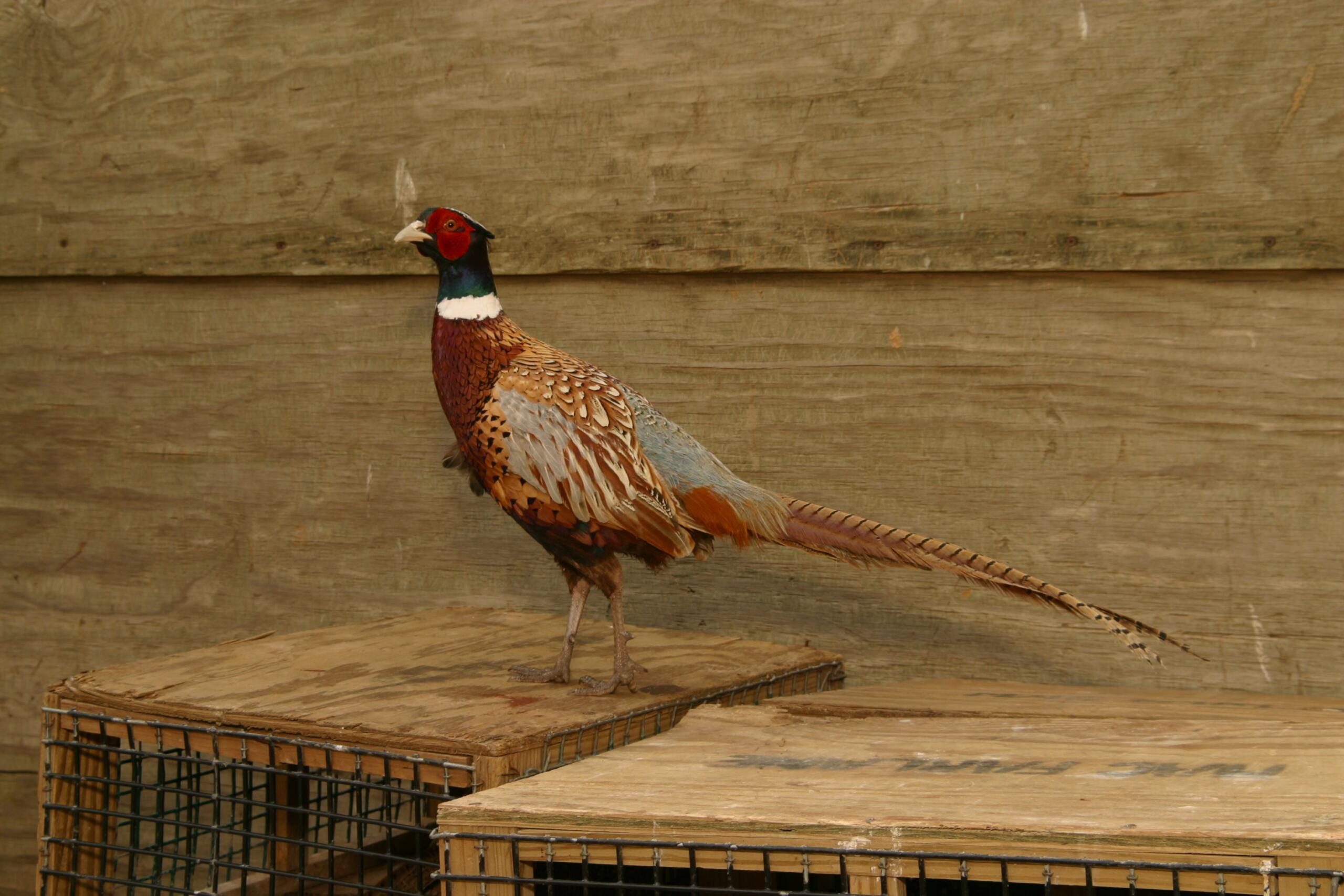
DuPont Financial Analysis Model
Read Post

Post Office Tells FedEx to Start Carrying Live Animals
Read Post
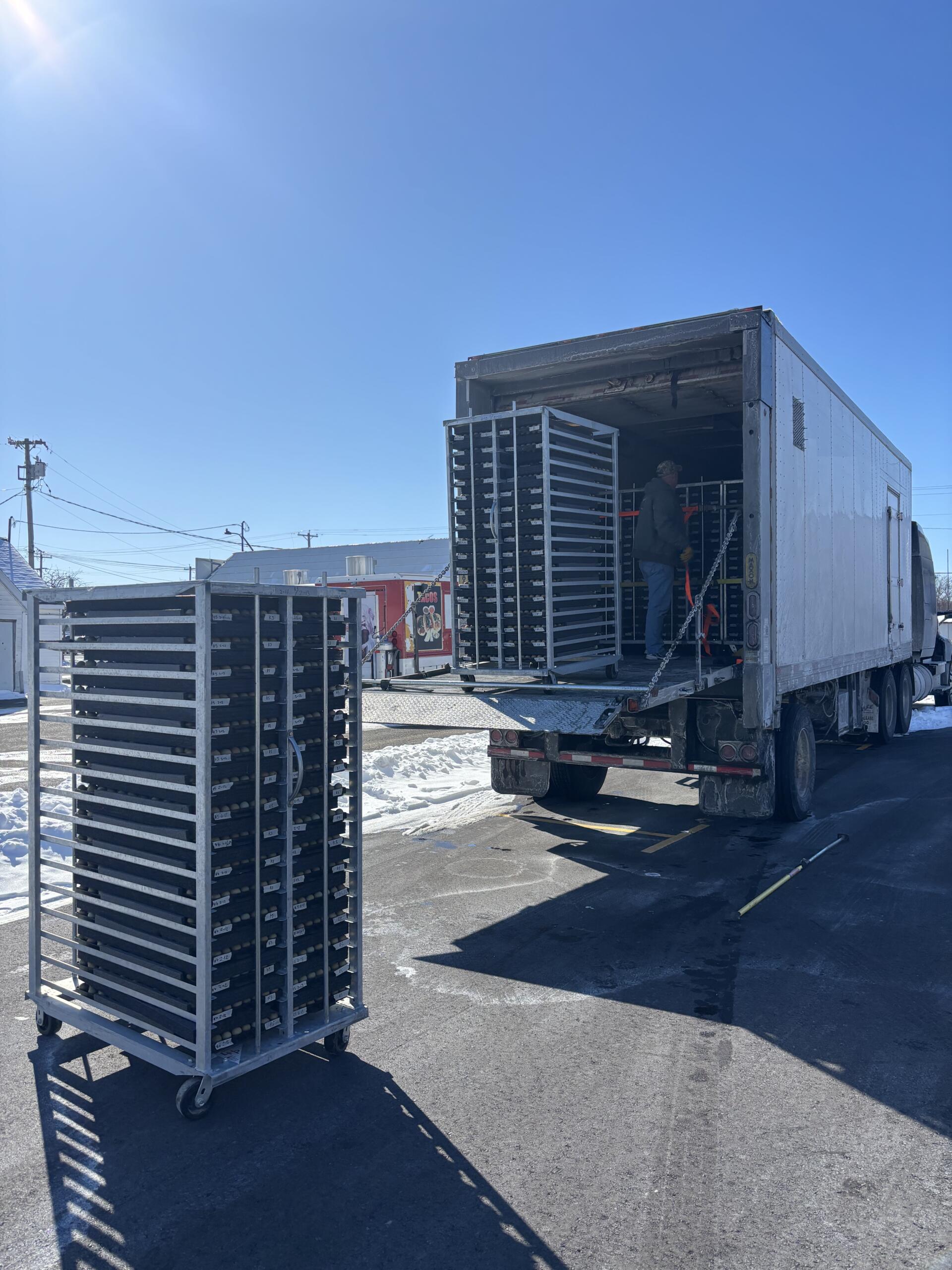
Busy Times at MacFarlane Pheasants’ Missouri Breeder Farms 2024!
Read Post
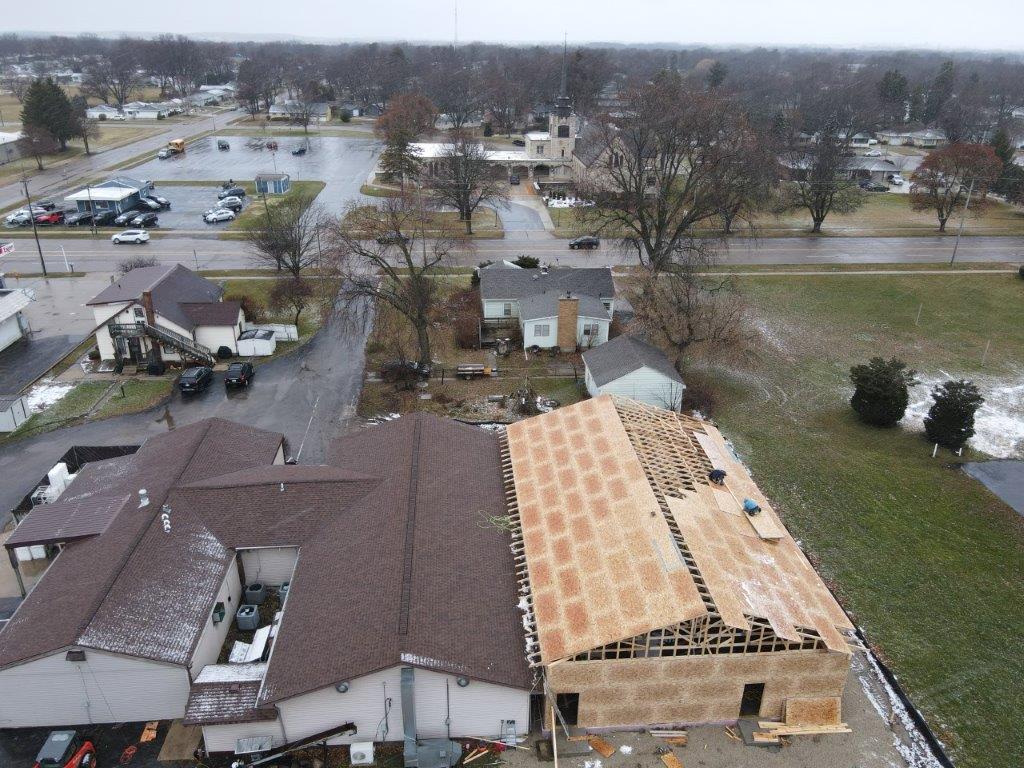
Hatchery News at MacFarlane Pheasants
Read Post
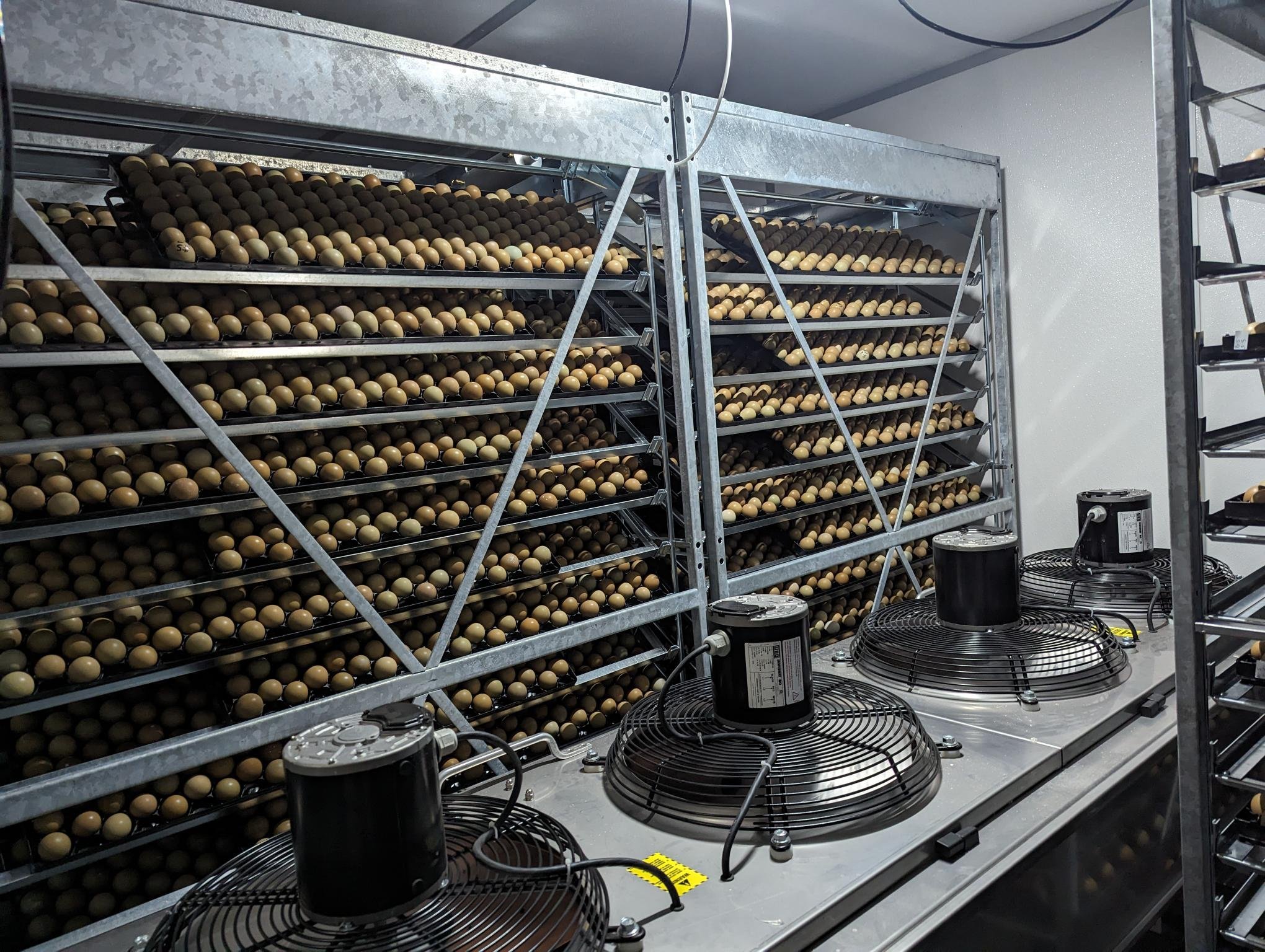
10 Hatching Tips for Incubating Pheasant Eggs Successfully
Read Post
Take Advantage of These Free Resources
As the biggest game bird farm in the United States, we want to share our experience with you. Download our free resources below and get started.

